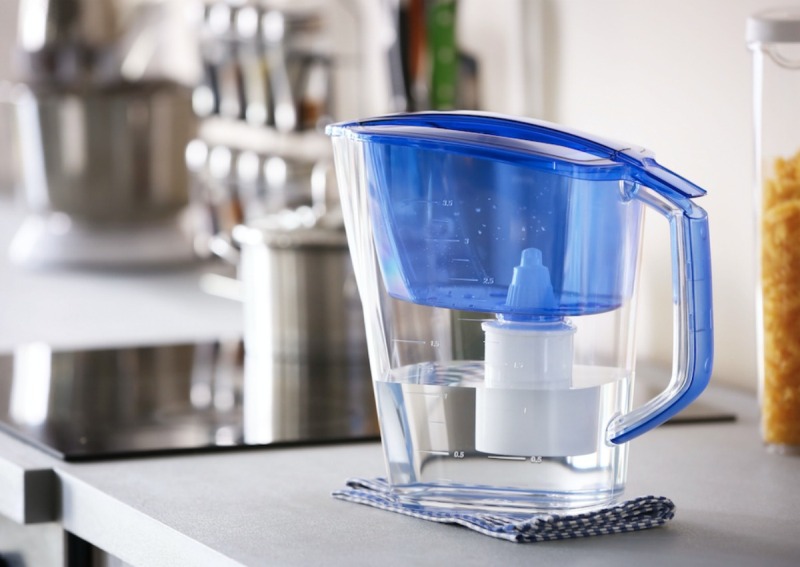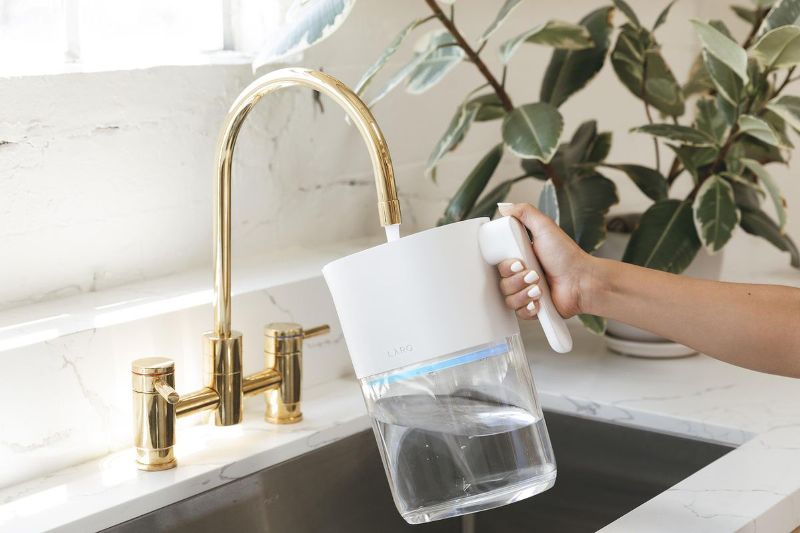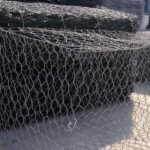Water contamination can be scary. With so many unknowns and potential health risks, the uninformed person could easily get a little worried. Fortunately, most contaminants can be removed from water, although the question remains how far you will need to go.
Here’s the problem: Before you can select the right kind of water filter, you need to have a precise idea of what it is that you are trying to remove. This will require some simple testing.
Testing a water supply isn’t as hard as it sounds. There are all kinds of test kits on the market, and most of them aren’t too expensive. As long as you can follow the instructions, they are pretty easy to use. But before you go out and buy such a kit, you should read and understand the following information. These are five of the most common (and most dangerous) water contaminants.
1. Arsenic
Arsenic is known to be poisonous. As a metalloid found in many rocks, it is very common in water supplies all over the U.S. So why don’t people and animals die of arsenic poison more often? It’s because we are talking about tiny trace amounts here. The amount of arsenic that could be present in your water isn’t enough to kill you, fortunately. It is, however, enough to cause a myriad of health problems and possibly even shorten your lifespan.
This problem is a lot more widespread than most of us care to believe. In a national study done by the U.S. Geological Survey, it was found that nearly half of the water sources tested positive for arsenic. Again, we are talking about very tiny amounts here, but this stuff is never exactly safe. Because the USGS surveyed wells and aquifers across the country, we can conclude that about half of us are using water containing arsenic on a daily basis.
2. Fluoride

Fluoride might be good for your teeth, but it can be bad for pretty much every other part of your body. Starting in the 1940s, the U.S. government has been adding fluoride to the majority of tap water supplies. The goal was and always has been to combat tooth decay, and there is some solid evidence to suggest that fluoride works well for this purpose. However, excessive exposure to fluoride can cause several conditions, one is called fluorosis. Fluorosis eats the enamel from the surface of your teeth, causing pitting and staining.
Interestingly enough, it seems that fluorosis and fluoridation were discovered at the same time. Around the turn of the 20th century, it was noticed that many residents of Colorado Springs (which was just a small town back then) had brown staining and pitting on their teeth. He also found that they had fewer cavities, so he began working on a way to get those cavity-reducing benefits without the fluorosis. Because dental fluorosis still happens today, we might conclude that his efforts were only partially successful.
3. Lead
This one used to be very common due to the use of lead pipes. Pipe fittings and soldering material also contained lead until 1986, when federal law banned its use. The bad news: There remain many cities and communities where the underground plumbing still contains massive amounts of lead.
As you probably know, lead poisoning causes many detrimental effects, both physical and mental. Some historians have even theorized that certain ancient societies developed widespread mental dysfunction as a result of drinking from lead vessels.
4. Giardia

Giardia is a very common microorganism that is often present in filthy or stagnant water. In cases where water sterilization practices are not the best, Giardia is likely to be found. It is a microscopic parasite that can cause a lot of problems if left untreated. While it is unlikely to be fatal, it will result in gastrointestinal problems. It also tends to result in terrible flatulence, which really isn’t much fun. Your pet can also get Giardia and suffer similar issues.
According to the CDC, Giardia outbreaks are still relatively common. It spreads easily and doesn’t even require direct contact. For instance, if a Giardia-infected animal drinks from the same water as you do, you could get infected. In milder cases, the infected person shows little to no symptoms. Thankfully, Giardia in water can be killed through boiling. Chlorine treatment also helps to kill the bacteria.
5. Solid Waste
After reading the headline, you are probably wondering if “solid waste” refers to fecal matter. In some cases, the answer is yes. However, that is only one of many solid contaminants that might be present in your water. The list of solid waste contaminants is ridiculously long. In fact, it would be impossible to make a complete list on this one because solid wastes could be literally anything.
By the way, when we say “solid” bear in mind that those particles are still tiny and may not be visible to the naked eye.
Cloudy water usually contains large amounts of solid particles, but they are dispersed very finely. As such, they won’t really look like solids until you remove them through filtration. That’s where we come to the good news about the solid waste problem: Solid wastes are generally the easiest to remove. A simple filtration is enough to remove all solid matter from water, although it does normally take multiple filtration stages to remove every last bit.
Start Testing Now
You are probably glad to hear that treating the water in your home isn’t overly difficult. Unless you live in Chernobyl and are dealing with water that has been contaminated by radiologicals (or something equally weird), there are water filters and other purification devices on the market that can make your water drinkable.
Reverse osmosis is probably the best method and ensures that there are absolutely no contaminants left. In many cases, however, a UV water filtration system can be more than enough.
In any case, you should start by testing your water for the five contaminants listed above and continue from there. The safety of the health of your family warrants nothing less.






